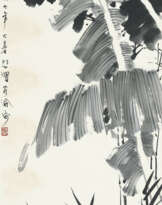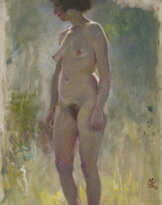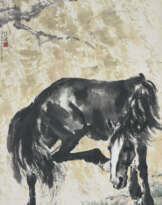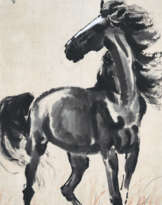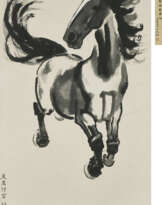ID 770356
Los 1128 | XU BEIHONG (1895-1953)
Schätzwert
HKD 4 000 000 – 6 000 000
| Künstler: | Xu Beihong (Ju Péon, 1895 - 1953) |
|---|
| Künstler: | Xu Beihong (Ju Péon, 1895 - 1953) |
|---|
| Adresse der Versteigerung |
CHRISTIE'S 18 Chater Road Central Hong Kong Hong Kong | ||||||||||||||
|---|---|---|---|---|---|---|---|---|---|---|---|---|---|---|---|
| Vorschau |
| ||||||||||||||
| Telefon | +85227601766 | ||||||||||||||
| Fax | +852 2760 1767 | ||||||||||||||
| Nutzungsbedingungen | Nutzungsbedingungen | ||||||||||||||
| Geschäftszeiten | Geschäftszeiten
|


